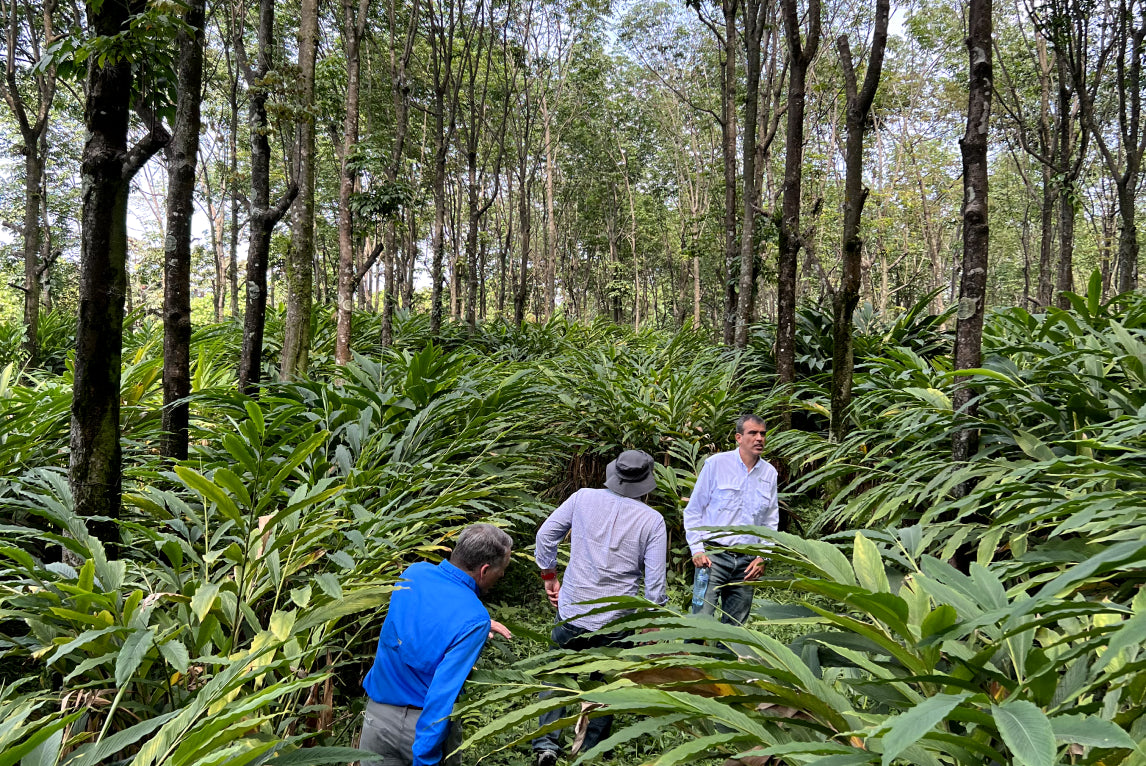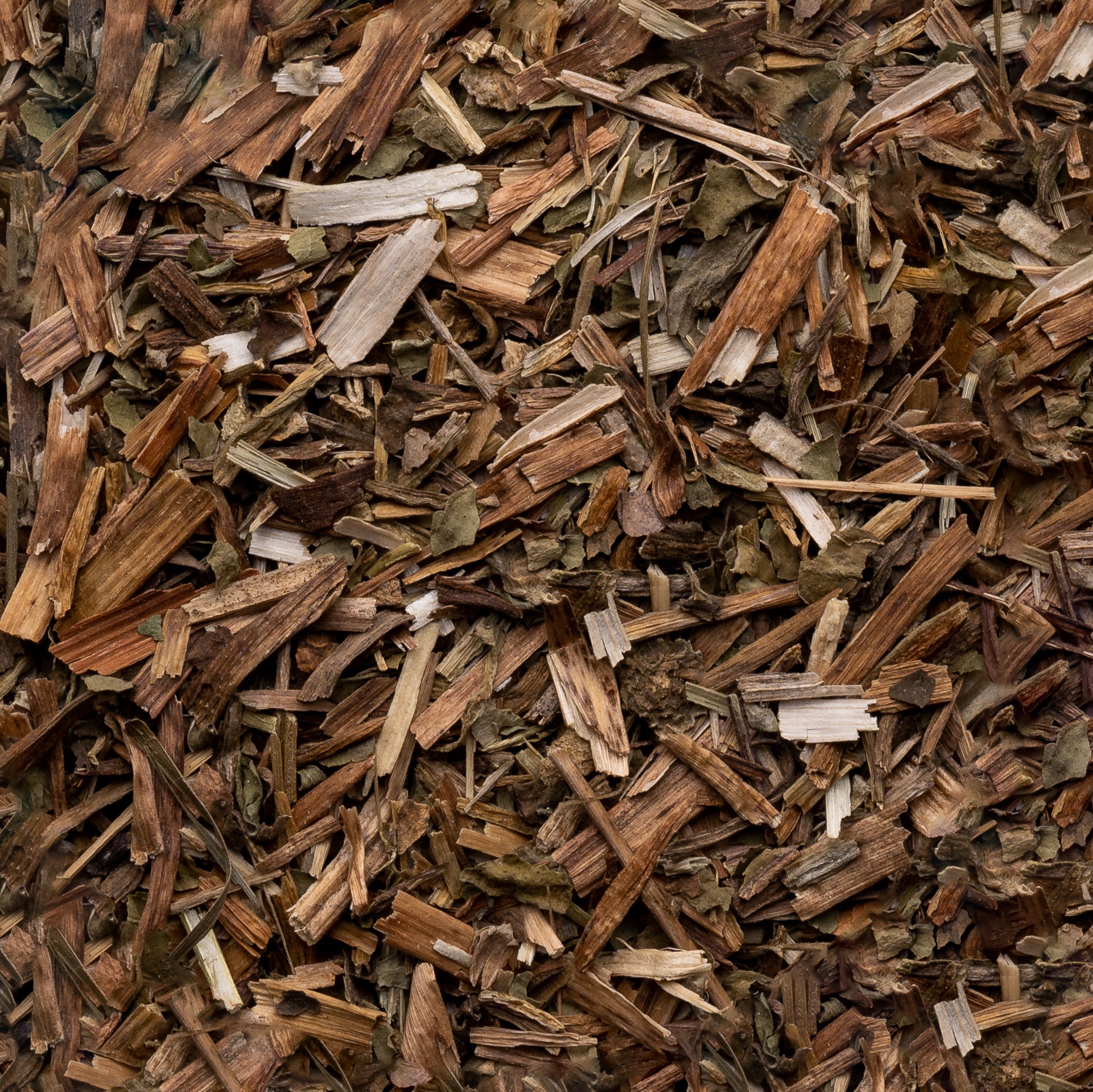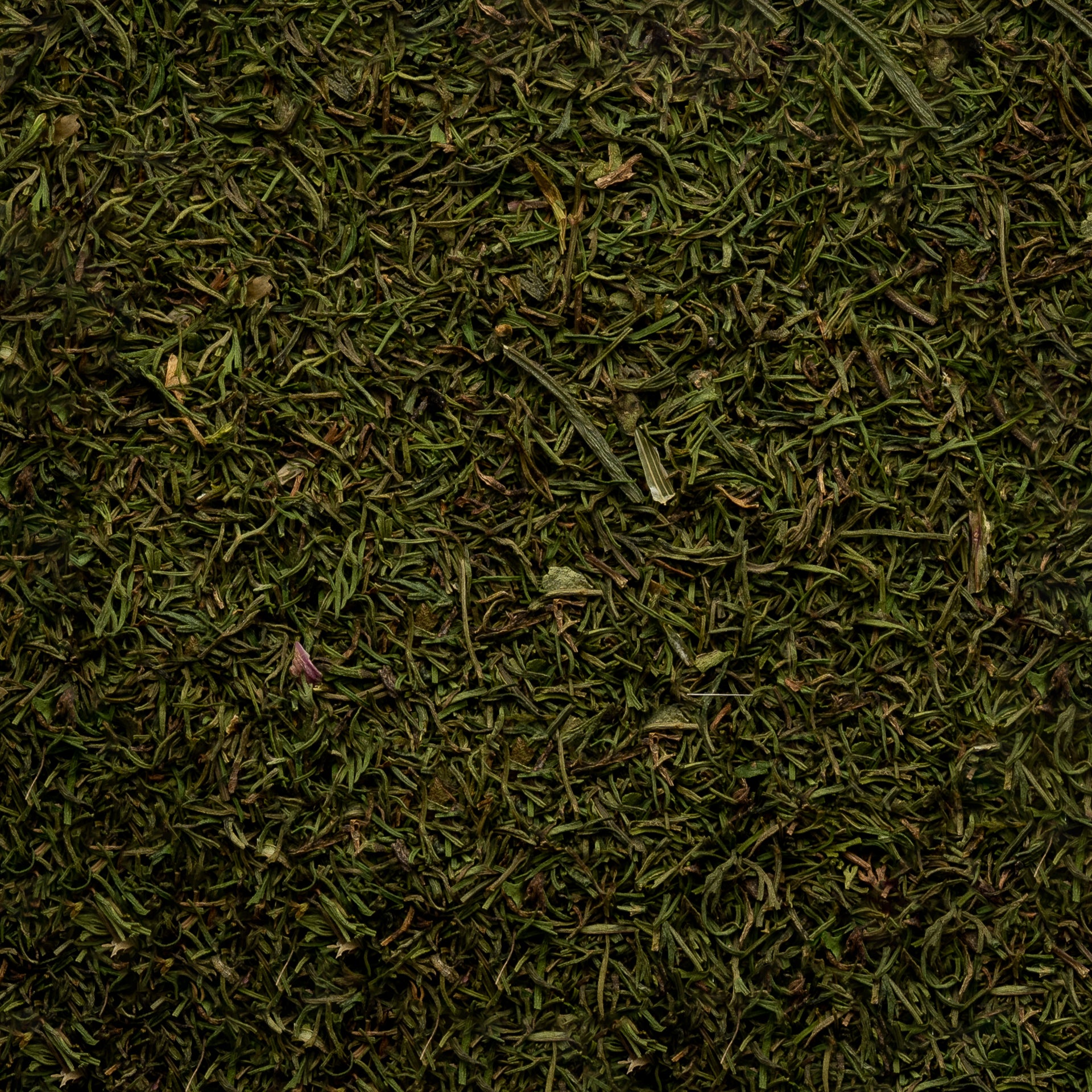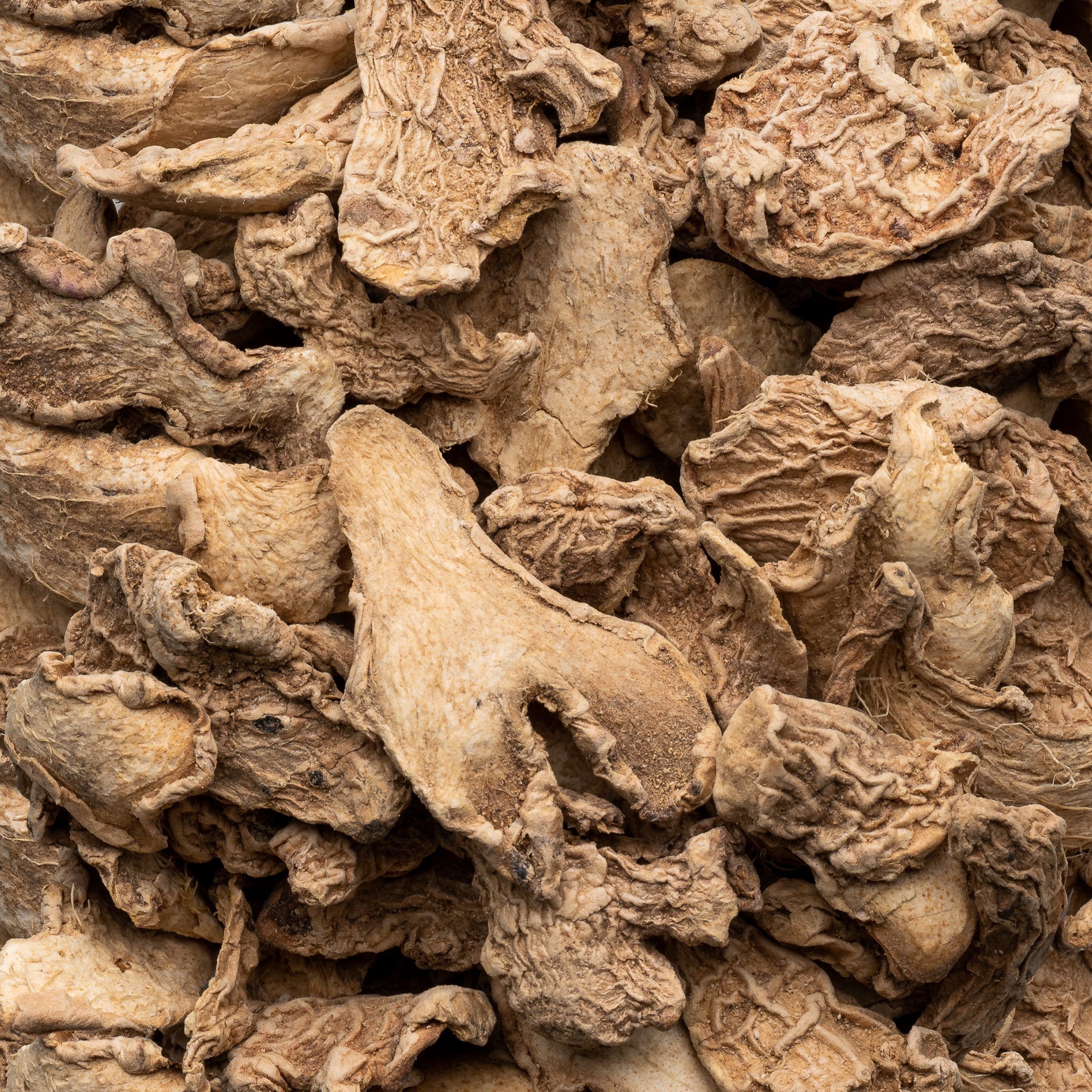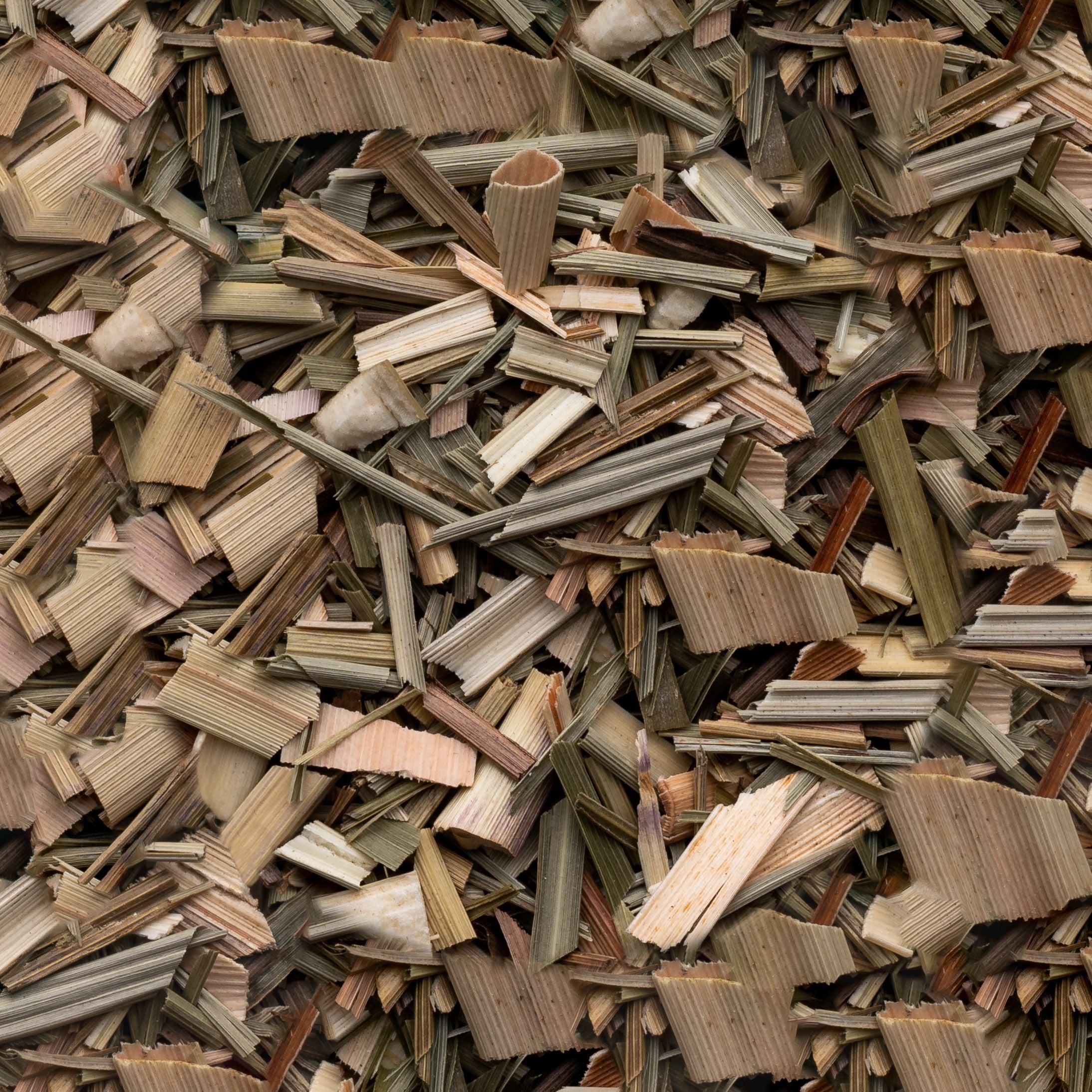Name: Taxacum officinale
Origin: Albania
Aroma: Herbal
Flavor: Slightly bitter
Our Products: Leaf
Contact PGI for micro reduction, roasting, blending, milling, and social involvement with growers.
History
Dandelions, or dente de lion (lions tooth), have been apart of human herbalism for many centuries. It is believed that the herb originates on the Eurasian continent with some of the first usages recorded in China, ancient Rome and the medicinal gardens of the Anglo Saxons and Normans of France. Between the 10th and 11th centuries, Arabian physicians had written records of its healing properties. This plant was highly prized by Europeans and is thought to have been brought over to the New World by Puritan settlers. Though many now consider dandelion to be a weed, it’s usages as medicine and as a food staple have been long documented and it’s presence welcomed in many herbalists gardens. In the lore of the Minotaur of Crete, it is said that Hecate feeds Theseus dandelions for thirty days so that he has enough strength to kill the Minotaur. Dandelions varied uses can also be seen during the rubber crisis in WWII when countries on both sides were experimenting with the roots of a specific dandelion species, Taraxacum kok-saghyz which is composed of 10%-15% natural rubber.
Traditional Uses
Many cultures including the Chinese, Roman, Arab, Mexican European, and Native American have used dandelion for a variety of treatments and culinary delights. Some include tea for heartburn or calming nerves, to heal liver ailments, treat diabetes, and in some cases ground into a paste to heal wounds faster. Modernly, dandelions best understood medicinal quality is as a diuretic and the leaves are attributed to being very high in potassium, vitamin A, and vitamin C content.
Chamomile Tea
- Place 2 tsp of dried leaves in a tea infuser
- Bring 8 oz of filtered water to a boil
- Pour over leaves, steep for 5-10 min
Dandelion leaf can be bitter on its own. If you’d like a touch of sweetness add 1 tsp of honey after the leaves have been steeped.


